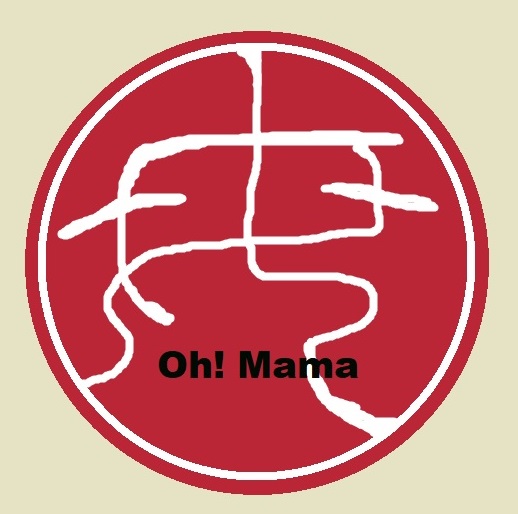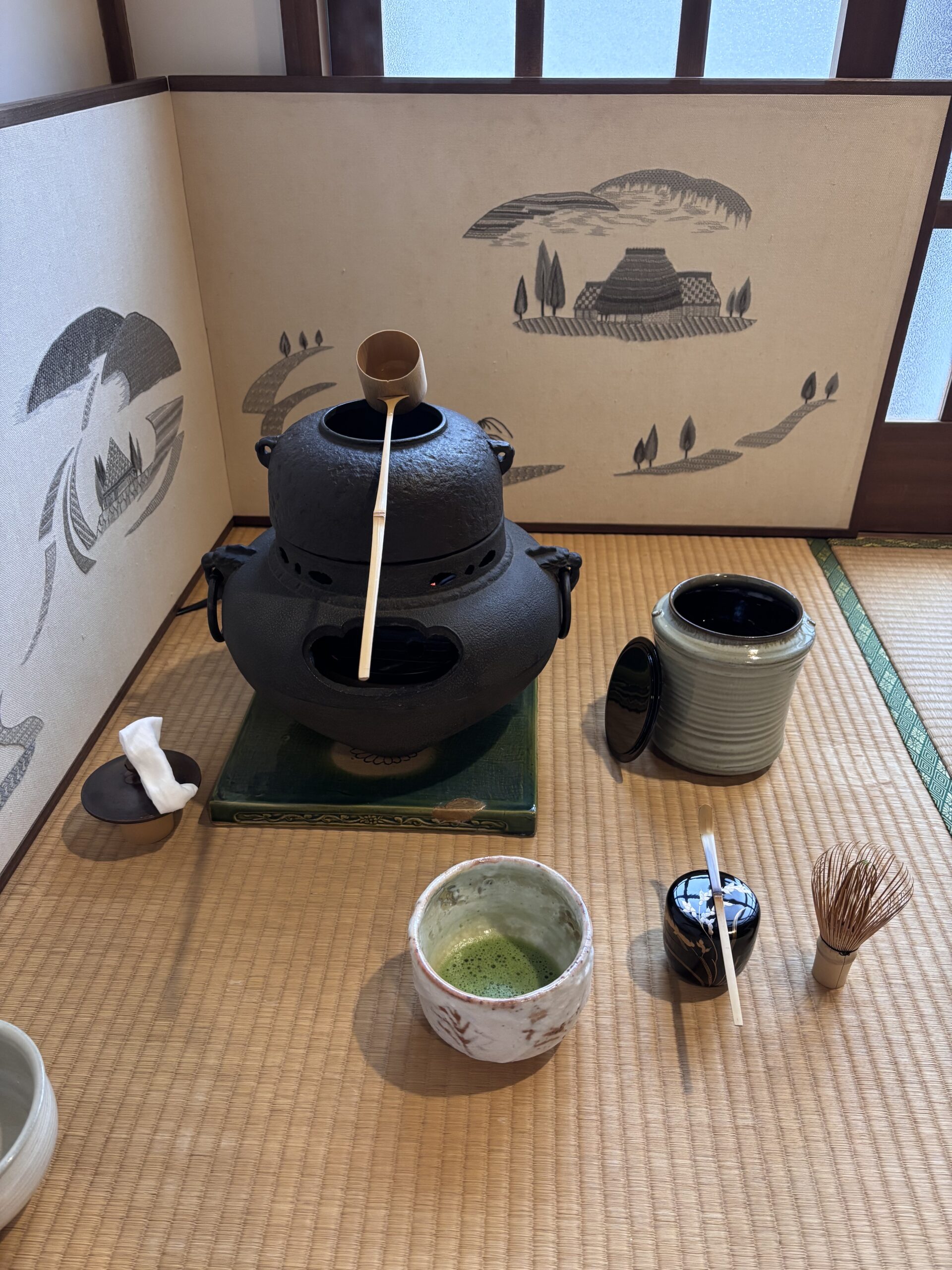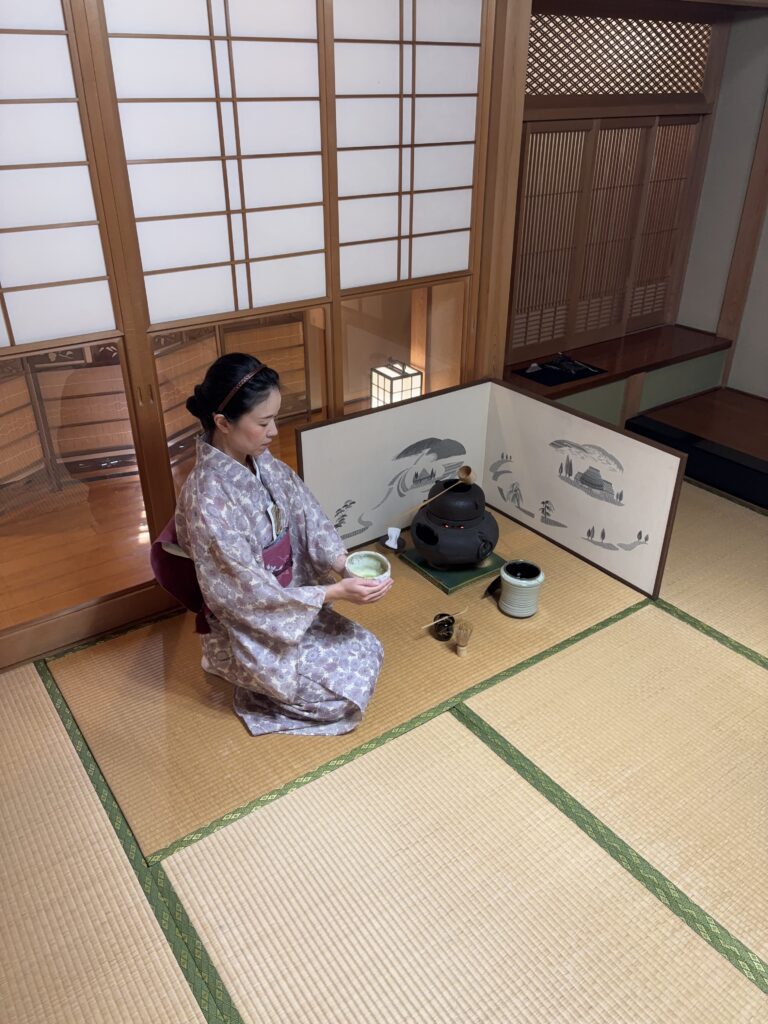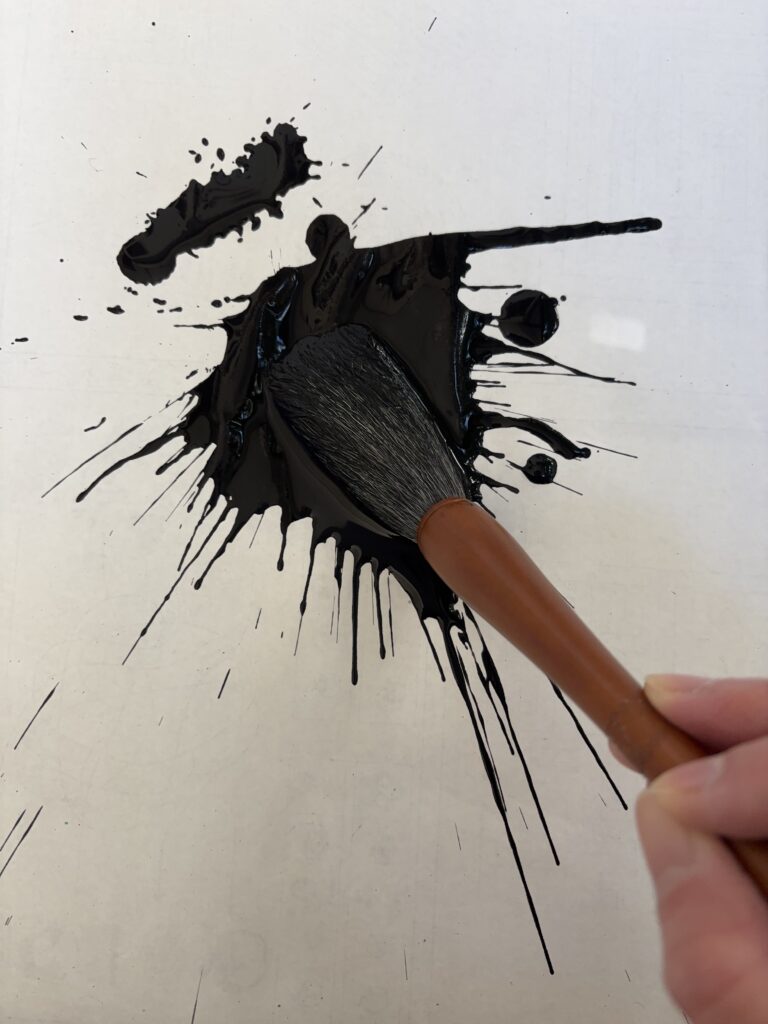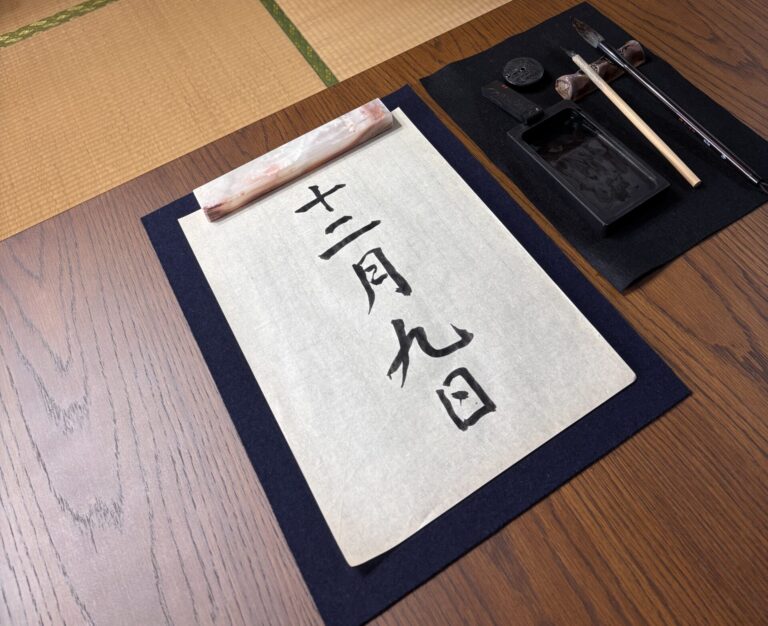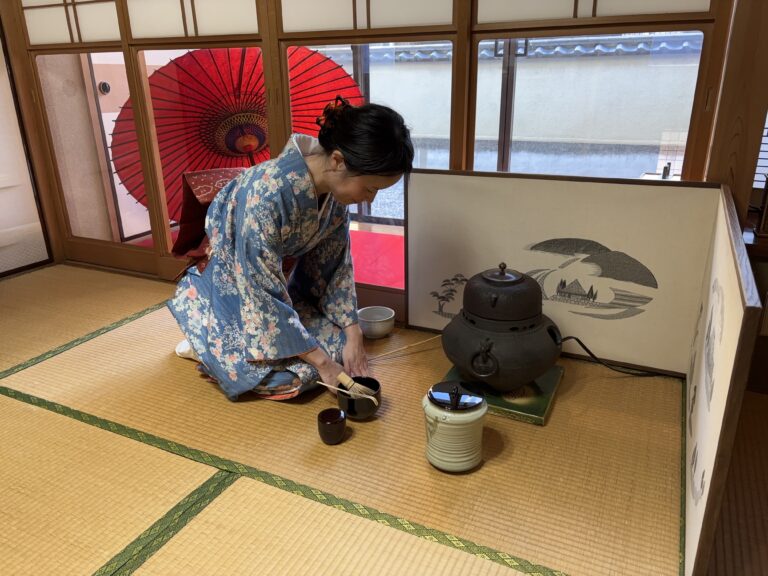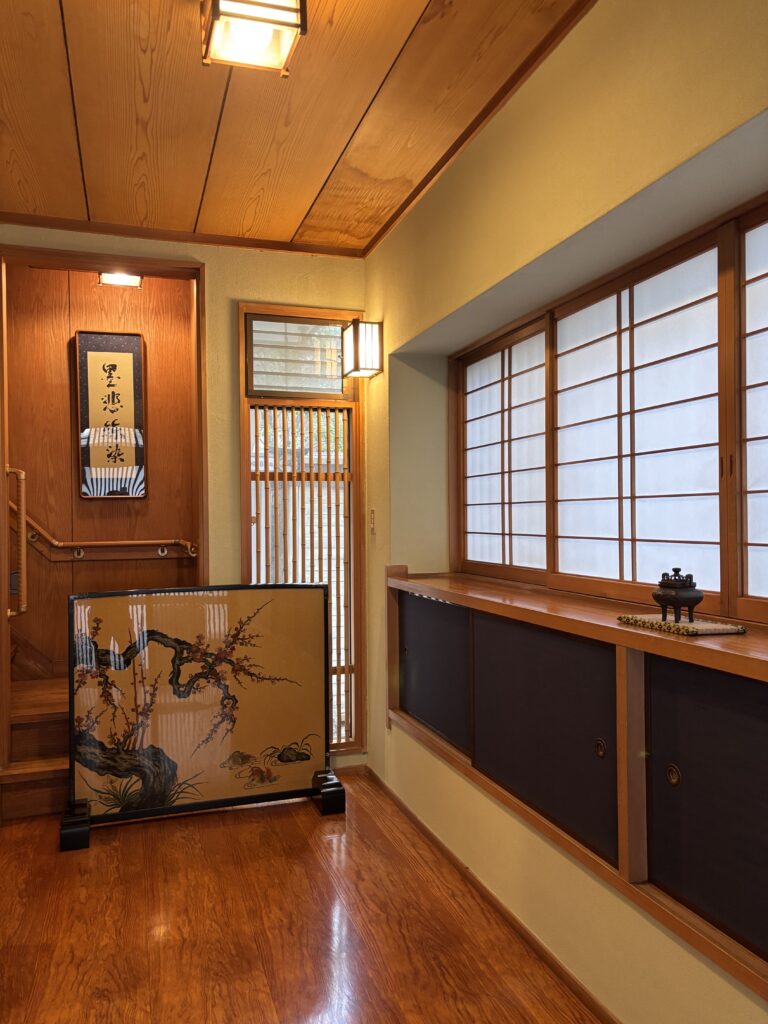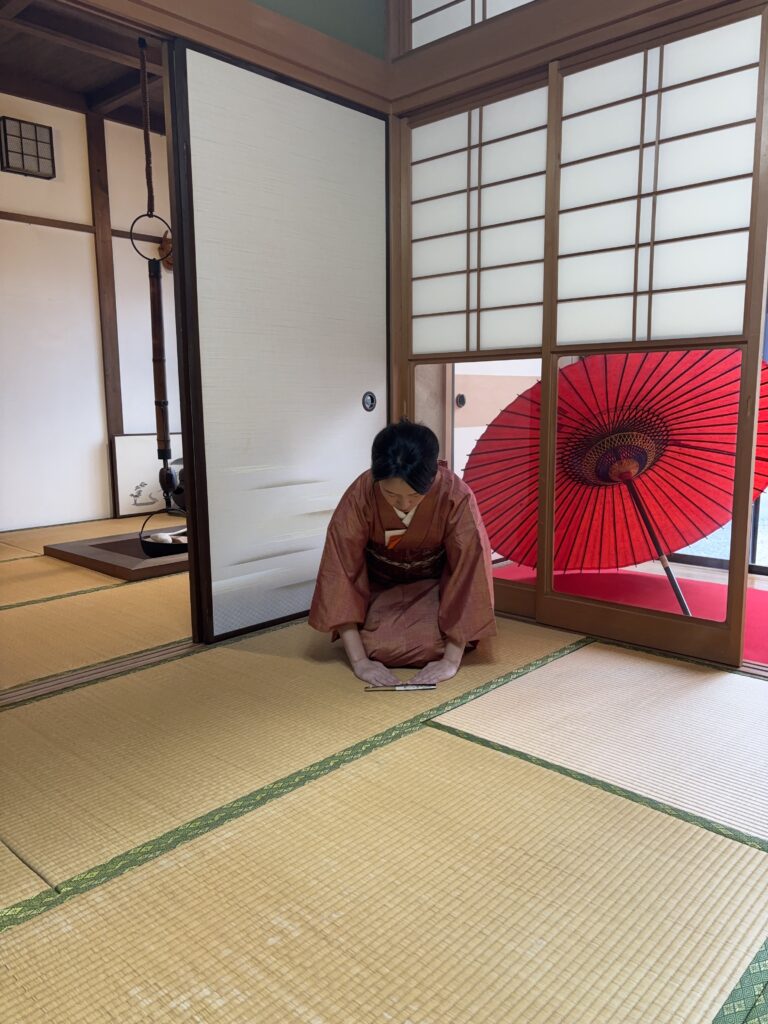Questions about Sado, the Tea Ceremony: What Is Senke? Omote and Ura?
When you start learning or researching Sado (the Tea Ceremony), you may soon encounter the words Omotesenke and Urasenke. “Omote“ meaning front? “Ura“ meaning back? “Senke”? What do they mean?
Simply put, Senke means “the Sen family.” Sen is a family name — just like “The Smiths” or “The Simpsons.”
A Glimpse into History
Even if you’ve never practiced the tea ceremony, you may have heard of Sen no Rikyu, one of the most famous figures in Japanese history.
In the 16th century, Japan was in the midst of the Sengoku period, an age of civil war. Powerful feudal lords fought to unify the country. Among them, Oda Nobunaga rose first, followed by Toyotomi Hideyoshi, who completed the unification, and later the Tokugawa family, who established over 260 years of peace.
Rikyu served both Nobunaga and Hideyoshi as their tea master, gaining high social status, influence, and lasting fame. He remains one of the most important figures in the history of Sado.
The Schools of Tea
There are many different styles of tea ceremony, but they all share the same essence: the host prepares a bowl of matcha and offers it to the guest with heartfelt hospitality.
According to a report by the Agency for Cultural Affairs, Government of Japan, the schools of tea can be divided into three main periods:
・Before Sen no Rikyu, such as Furuichi-koryu and Higo-koryu
・The lineage of Rikyu, continued by his descendants, forming what is known as the Three Sen Families (Sansenke):
Omotesenke, Urasenke, and Mushakoji Senke
・After Rikyu, the buke sado (samurai tea schools), such as Yabunouchi-ryu, Enshu-ryu, Soko-ryu, and Sekishu-ryu
The Three Sen Families
Rikyu’s great-grandsons each established their own tea schools.
・Omotesenke inherited Rikyu’s original tea house, Fushin-an.
・Urasenke built a new tea house just north of Fushin-an.
・Mushakoji Senke established their tea house on Mushakoji Alley.
Each family developed its own style of tea-making, yet all share the spirit of Rikyu’s wabi-cha — the beauty of simplicity.
The Prominence of the Sen Schools
It’s difficult to determine which tea school has the most practitioners today. However, judging from NHK programs, books available in stores, and the number of classes offered at cultural centers, Omotesenke and Urasenke appear to be the two most widely practiced.
Out of curiosity, I decided to count the number of practice spaces across Japan listed on each school’s official website. It took two full days!
・Omotesenke, after a careful count, has over 3,500 teachers’ classrooms.
・Urasenke kindly notes on its homepage that it has about 2,800 teachers providing as practice locations.
・Mushakoji Senke lists 37 tea rooms.
These numbers don’t include lessons held at the grand masters’ tea rooms, schools such as high schools and colleges, cultural centers, or rented tea rooms, so the actual opportunities are even more numerous.
When You Experience Tea in Japan…
If you have the chance to experience Sado in Japan, try asking:
“Which school do you follow?” or “Is this Omotesenke or Urasenke?”
The host will likely be pleasantly surprised and think, “Ah, this person really knows something about tea!”
It’s a wonderful way to start a warm and engaging conversation.
No matter the school, the goal is the same — to share good times between host and guests, as the host prepares the most delicious bowl of matcha with deep consideration for the guest.
When you visit Japan, we warmly invite you to experience the beauty of Sado and savor authentic matcha in a traditional Japanese house.
Our tea and calligraphy sessions are held in a traditional Japanese house just two minutes from Ikenoue Station — only four minutes by train from Shibuya.
References
・Omotesenke Official Website
・Urasenke Official Website
・Mushakoji Senke Official Website
